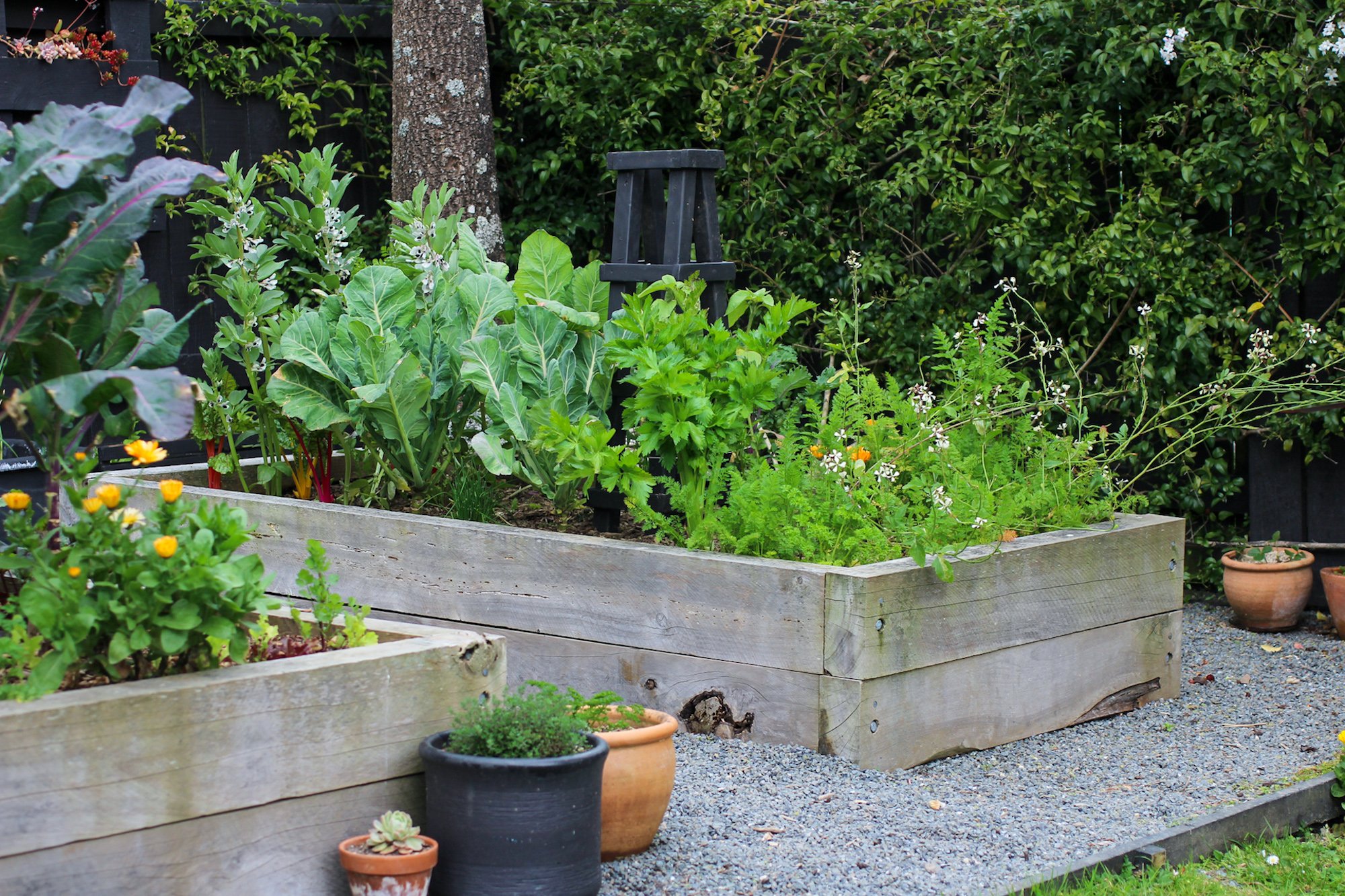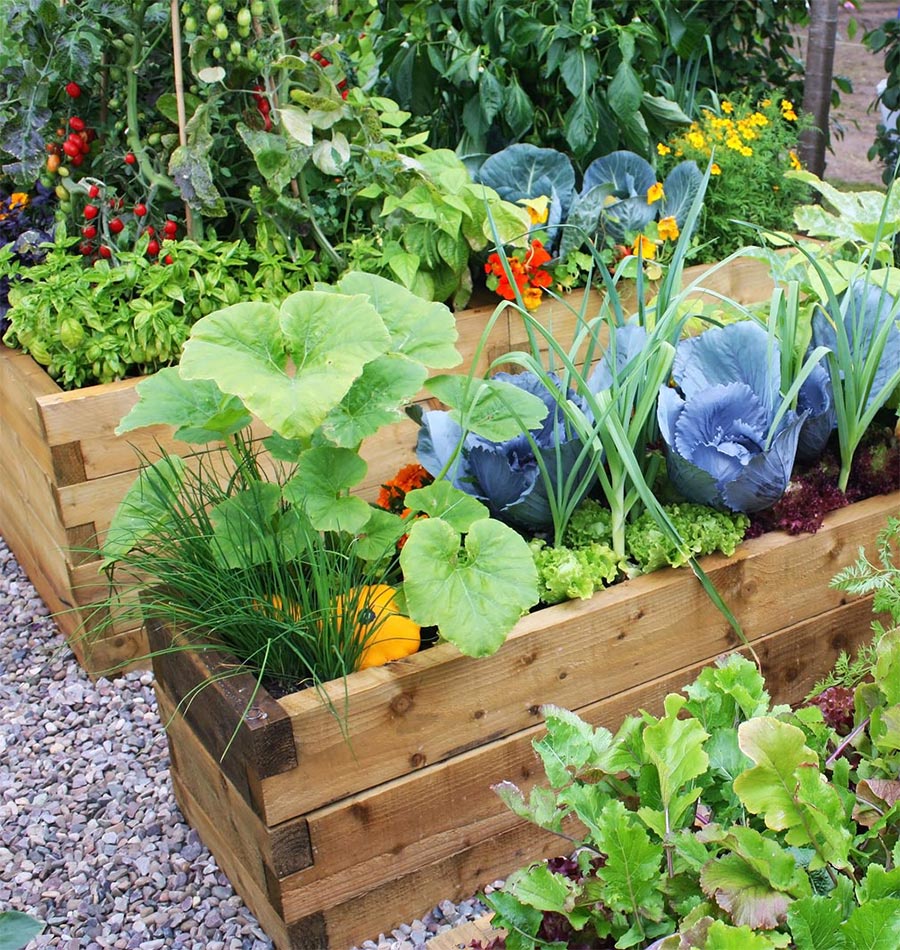Raised gardens are a great alternative to traditional gardening as they provide numerous advantages. They optimize space utilization, offering increased planting areas while minimizing soil compaction. This innovation promotes healthier plant roots, leading to improved water drainage and nutrient absorption. A raised garden bed also creates a barrier against common garden pests and weeds, reducing maintenance efforts. Additionally, the elevated structure offers a visually appealing and organized garden layout. Altogether, these benefits make elevated gardens a game-changer, fostering efficient, productive, and aesthetically pleasing gardening practices.
The Benefits of Raised Beds for Garden Layouts
Raised beds are integral to optimizing garden layouts, offering multifaceted advantages for gardeners. Elevating plants above ground level provides improved control over growing conditions. The heightened structure aids in efficient drainage, allowing for faster soil warming in spring and an extended growing season. This elevation also prevents soil compaction, fostering healthier root systems.
Raised beds facilitate organization within the garden. The defined borders make it easier to arrange crops systematically, enhancing both functionality and aesthetics. Additionally, the raised structure creates clear boundaries between pathways and planting areas, contributing to a neat and organized garden layout. This delineation simplifies tasks such as crop rotation and pest management.
Accessibility is another key advantage. The raised height minimizes the need for bending, reducing strain on gardeners' backs during essential activities like planting, weeding, and harvesting.
How Raised Beds Benefit Soil Health and Crop yield
Elevated gardens offer substantial soil benefits that significantly impact plant health and overall garden productivity. The raised structure allows for better control and management of soil quality. Gardeners can customize the soil composition to meet specific plant requirements, ensuring optimal nutrient levels, drainage, and aeration. This targeted approach minimizes soil compaction commonly found in ground-level gardens, providing plant roots with an environment conducive to robust growth.
Furthermore, the elevation of a garden bed promotes superior water drainage, preventing waterlogged soil and reducing the risk of root rot. Adequate drainage is essential for root health, as it ensures that plants receive water without becoming waterlogged, striking a delicate balance that is often challenging to maintain in traditional gardens.

Garden Maintenance and Managing Raised Beds
Raised beds serve as a strategic defense against common garden pests, offering a practical solution to pest management. The elevated structure acts as a barrier, deterring crawling pests like slugs and snails from reaching plants. This physical separation reduces the likelihood of infestations and minimizes the need for chemical interventions. Additionally, the contained space of raised beds allows for easier monitoring and control, enabling gardeners to promptly address any pest issues that may arise.
In terms of maintenance, a raised garden bed streamlines gardening tasks. The confined space limits the spread of weeds, minimizing the need for extensive weeding. This not only saves time and effort but also contributes to the overall cleanliness and aesthetics of the garden. The structured nature of raised beds makes it easier to implement targeted maintenance practices, promoting a more organized and efficient gardening experience.
Elevated Aesthetics: Enhancing Your Outdoor Space with Raised Gardens
Elevated gardens play a pivotal role in enhancing outdoor spaces, offering both functional and aesthetic advantages. From a visual perspective, raised beds introduce a structured and organized layout to the garden, contributing to a well-defined and attractive landscape. The raised structure provides a natural focal point, allowing gardeners to create visually appealing arrangements and showcase diverse plant varieties. This organized aesthetic not only adds a touch of sophistication to the outdoor space but also makes it more inviting and enjoyable.
Functionally, a garden bed offers versatility in design, allowing for creative landscaping possibilities. Gardeners can easily incorporate raised beds into various outdoor settings, whether it be a small urban balcony, a backyard, or a rooftop. This adaptability enables individuals with limited space to still enjoy the pleasures of gardening. Furthermore, the elevated structure brings plants to eye level, fostering a more intimate connection with the garden and making it easier to tend to plants without excessive bending or kneeling.
Conclusion
The adoption of raised garden beds represents a transformative approach to gardening, bringing several benefits to both novice and experienced gardeners alike. From optimizing space and promoting soil health to managing pests and enhancing the overall outdoor aesthetic, raised gardens offer a holistic solution for cultivating a thriving and visually pleasing garden. Embracing the raised perspective is not just a horticultural choice but a game-changing investment in sustainable and enjoyable gardening practices.


No comments yet